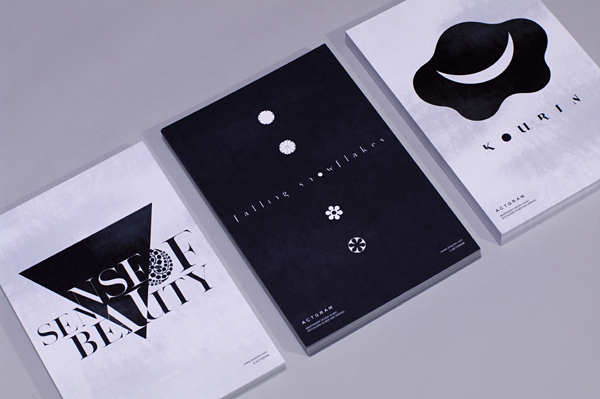Family crest has been inherited as representing a family line and bloodline in Japan. Family crest has been used in various scenes of the history as aristocracy began putting it on their oxcarts in the Heian period, then samurai society used it for flags to identify themselves on the battlefields, and eventually ordinary people adopted it such as for their clothes so that illiterate people could easily identify it at once. It is said there are more than 5,000 designs mainly with motif of plants such as chrysanthemum, wisteria, and plum.At this time, this is an experimental artwork to seek for a new visual expression by typography with original font type to focus on the simple design of family crest as the symbol of affluence for the Japanese culture.
FUJI

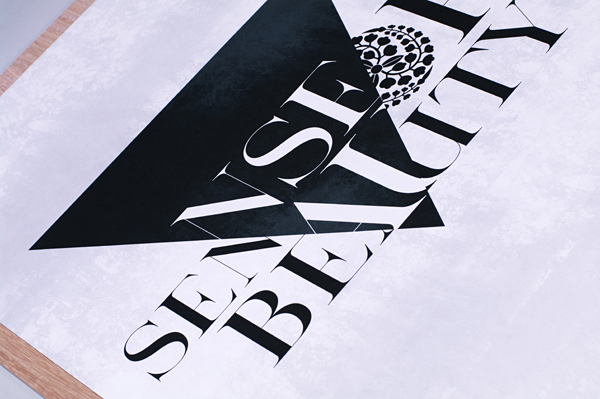
This is a family crest by designing a plant called “wisteria”. Wisteria is a plant with strong vital force and its purple petal is very elegant. The triangle graphic for this artwork provides an expression as a symbol of “anxiety” and it is an artwork that makes people reacknowledge the existence of beautiful Japan with vital force behind the dark side of Japan at present.
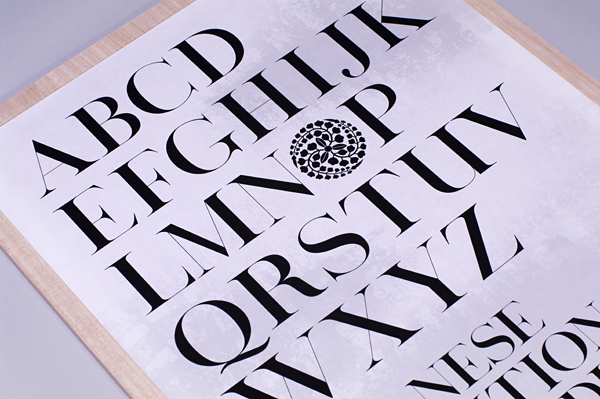

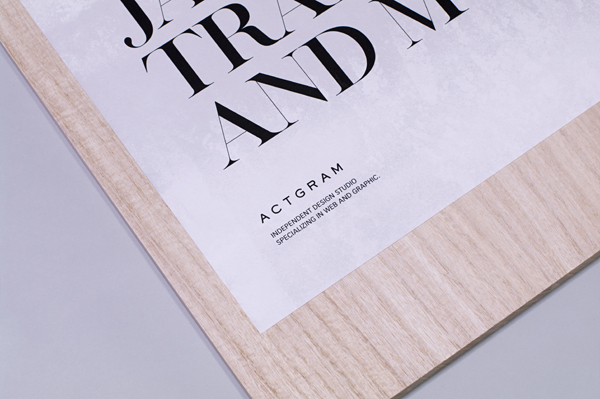
It is a typeface with enhancement of elegancy and modesty like “wisteria”. In addition, it is a design influenced by the inspiration from a plant of vine.
YUKI
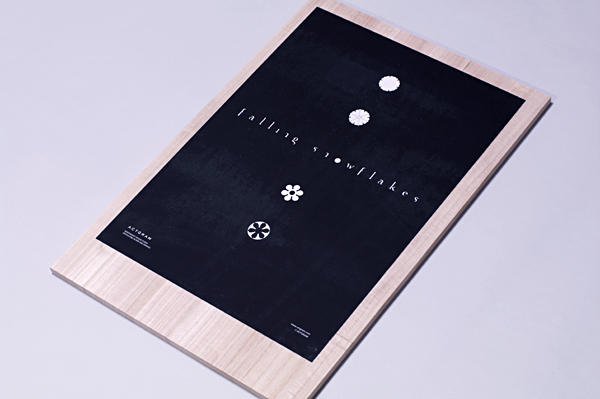
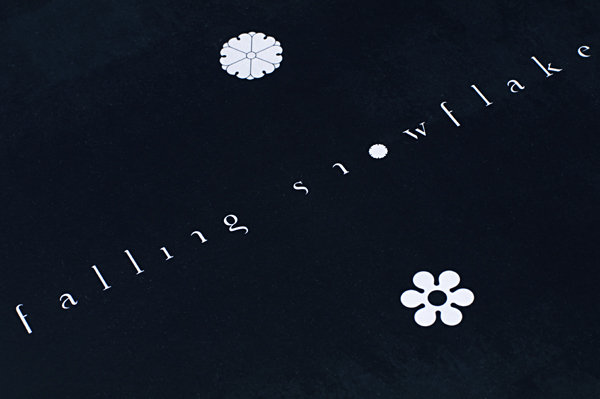
This artwork consists of 4 kinds of family crest with snow. It expresses a beauty for snow falling down quietly in the darkness. In addition, it is also designed by original calligraphic style with the image of gradually melting snow.
KOURIN-UME


This family crest, referred as being influenced by a Japanese artist Kourin Ogata in the Edo period, is a minimum design consisting of only outline and petal. In this artwork, it is designed by original calligraphic style as trimming for round shape to be matched with a round family crest.
